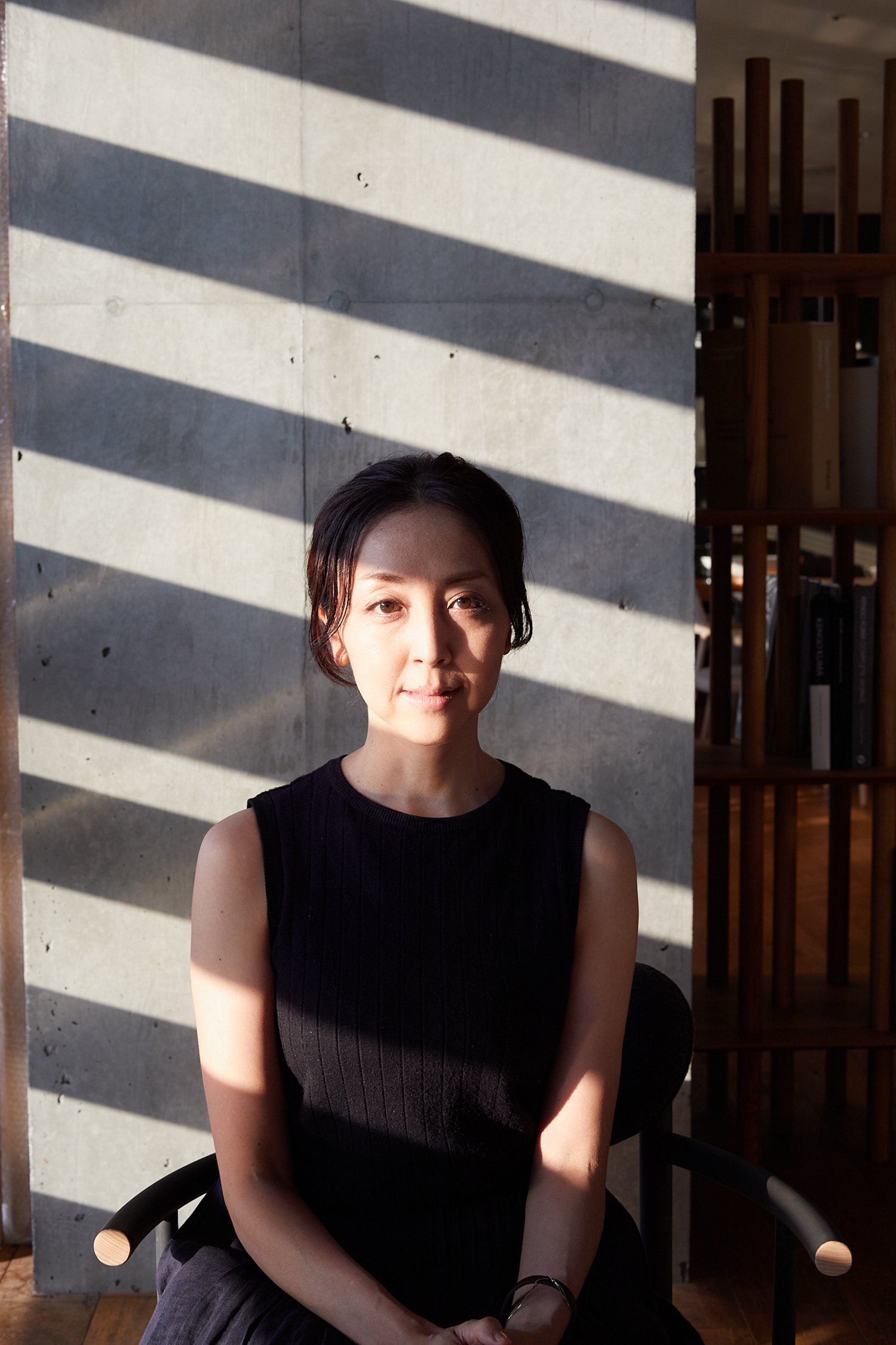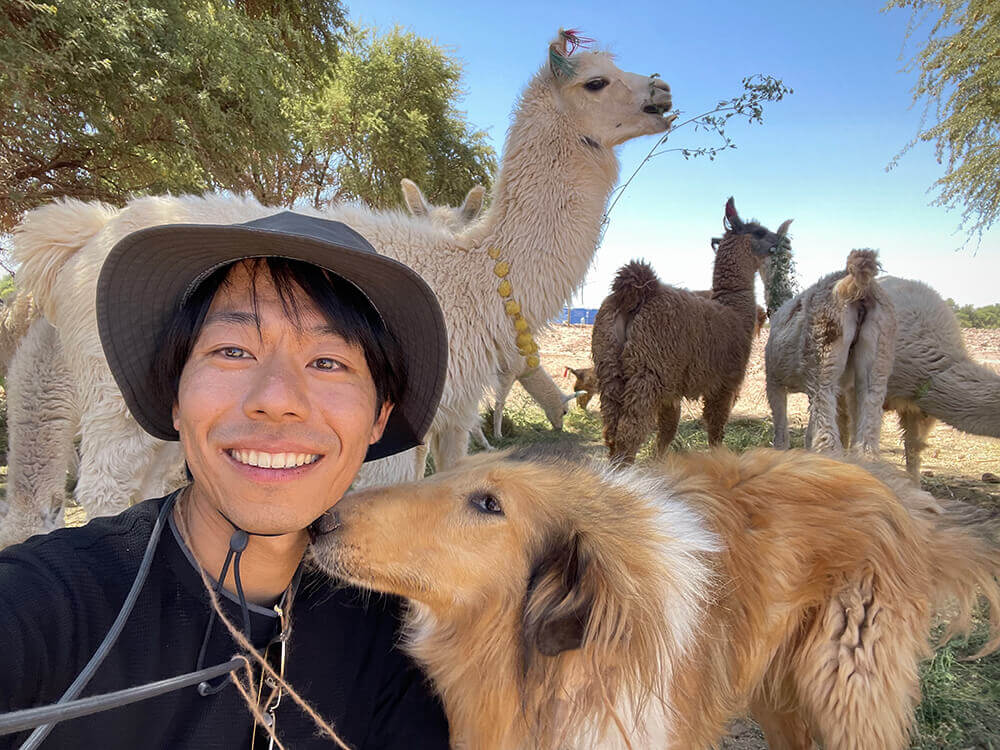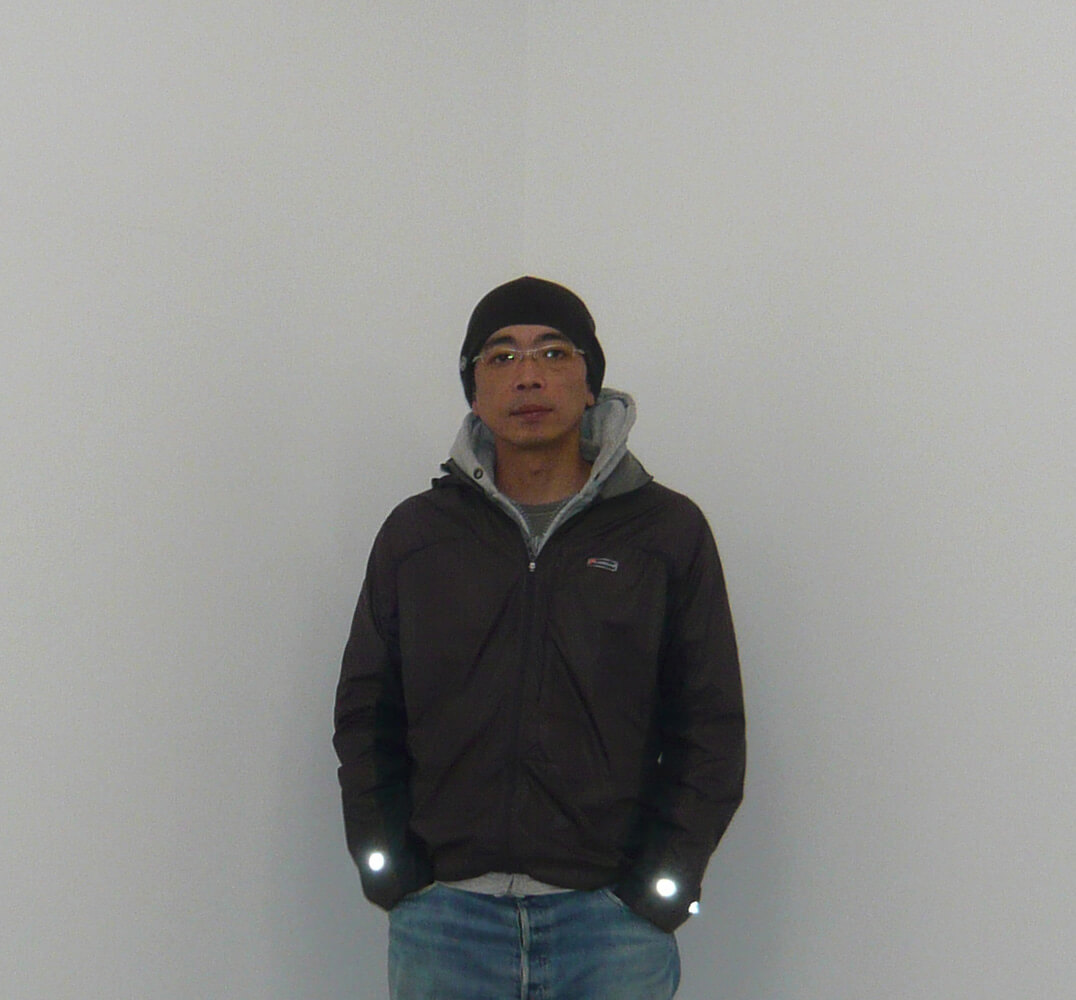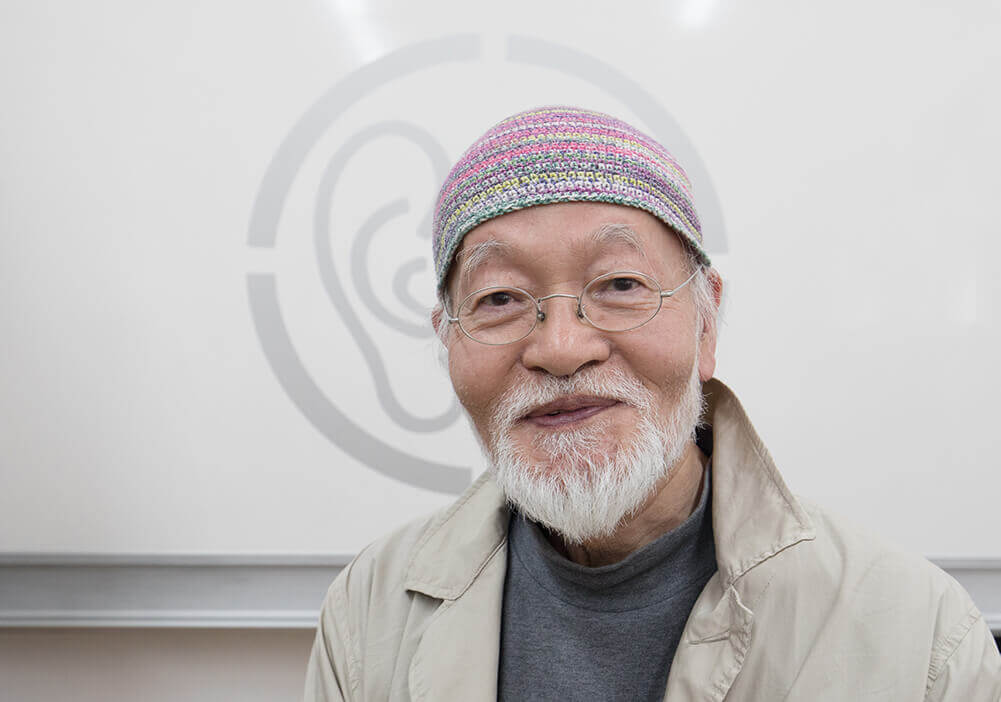


Born in 1958, he is currently a professor in the Department of Crafts at Tokyo University of the Arts, where he also serves as Vice Dean. He received his MFA from Tokyo University of the Arts and participated in the Pilchuck Glass School in 1984. He then worked as a designer for Iwata Glass Co., Ltd. until 2001. He is a member of the Japan Glass Artcrafts Association and serves as a trustee of the Association for Glass Art Studies.
His first exhibition was held in 1985, followed by numerous exhibitions to date. His first solo exhibition took place in 1995. He received Honorable Mentions at the 4th Koganezaki VESSELS (Koganezaki Glass Museum) in 2008 and at The International Exhibition of Glass Kanazawa 2010. He was awarded the Kyohei Prize (Grand Prize) at both the 11th Glass ’08 in Japan and the 12th Glass ’12 in Japan, organized by the Japan Glass Artcrafts Association (JGAA).
Selected Public Collection: Alexander Tutsek-Stiftung, München, Germany; Contemporary Glass Arts Museum, Turke; Koganezaki Glass Museum Japan, Ishikawaken Notojima Glass Museum, Japan; Hsincyu City Glass Museum,Republic of China.
Ueno/Okachimachi Area
Toeizan Kan'ei-ji Temple

Mami Kosemura is a contemporary artist who uses photography and animation to explore the confluence of painting, video and photography, referring to classical European motifs and traditional subjects such as Japanese painting. In addition to solo exhibition at Hara Museum of Contemporary Art in Tokyo, 2018, she has participated in many group exhibitions in Japan and abroad. Major awards received by the artist include Nomura Award from the Nomura Arts and Culture Foundation (2004) and the Gotoh Cultural Award of the Gotoh Memorial Foundation (2015).
Kosemura’s art is included in the collections of the Museum of Contemporary Art, Tokyo, The University Art Museum of Tokyo National University of the Arts, Gunma Museum of Art, Tatebayashi, Asia Society Museum (New York) and Kuandu Museum of Fine Arts (Taipei).
Ueno/Okachimachi Area
Toeizan Kan'ei-ji Temple

Born in Shimane, 1994. Based in Kyoto. While dealing with the joy, wonder and difficulty of “”touching”” (or trying to touch) various objects and things with his own body, Gaku Kurokawa makes works focusing on the process of finding ways to relate to the materials and objects he handles at any given time, or on the process of trying to find such ways. Awarded Kyoto city special bounty program for art and culture.
Ueno/Okachimachi Area
Toeizan Kan'ei-ji Temple

Born in Nagasaki Prefecture in 1965. Completed his graduate studies at Tokyo University of the Arts, majoring in sculpture, in 1996. He has created a series of works based on Leonardo da Vinci’s drawings of water flow and hair, using materials such as marble and boxwood. Mori has also produced works themed around the atomic bombing of his hometown, Nagasaki. His expression methods are diverse, including sculpture, ceramics, photography, and oil painting.
Recent major exhibitions include War in the Eyes of Artists From Goya to Picasso, and then to Nagasaki (Nagasaki Prefectural Art Museum, 2025), among others.
Ueno/Okachimachi Area
Toeizan Kan'ei-ji Temple

Sound artist. Born in 1941. Since his infamous Throwing Objects Down a Staircase event at Nagoya Station in 1963 and the self study events which followed, where he explored the processes of “projection” and “following” in the natural world, Suzuki has pursued listening as a practice. In the 1970s he created and began performing on a number of original instruments, including the echo instrument Analapos. In 1988 he performed his piece Space in the Sun, which involved purifying his ears for twenty four hours in nature on the meridian line that runs through Amino, Kyoto. In 1996, he began his “oto da te” project where he seeks out echo points in the urban environment. Has performed and exhibited at many venues and music festivals around the world, including Documenta8 (Germany,1987), the British Museum (2002), Musée Zadkine (France, 2004), Kunstmuseum Bonn (Germany, 2018), Museum of Contemporary Art Tokyo(Tokyo, 2019), etc.
Ueno/Okachimachi Area
Kanda/Akihabara Area
Yaesu/Kyobashi Area